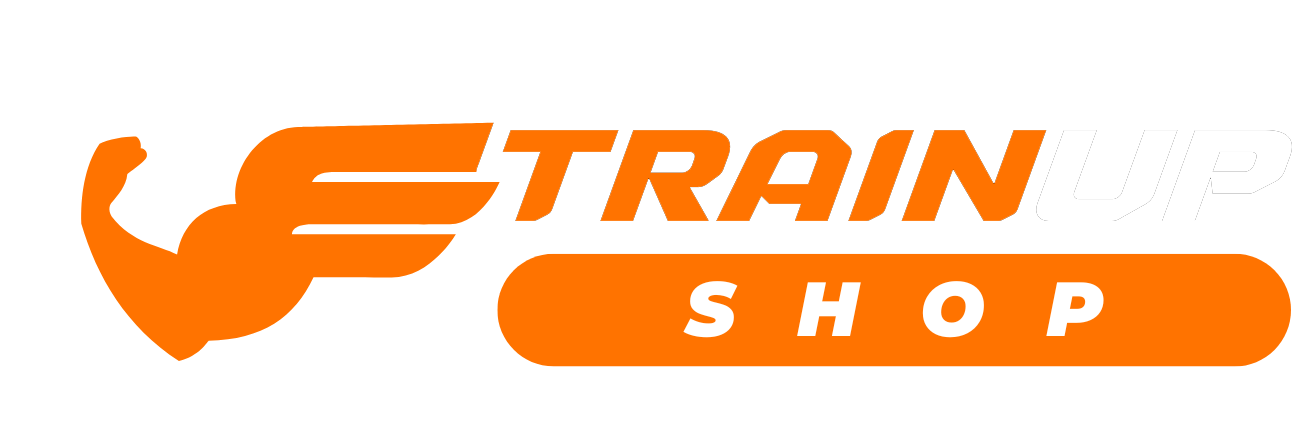When most people think of fitness, they picture heavy lifting, sweaty cardio sessions, or pushing through “just one more rep.” But here’s the secret every athlete, coach, and trainer knows: progress doesn’t happen while you’re working out—it happens while you recover.
That post-workout soreness you sometimes feel isn’t just your muscles complaining. It’s actually part of a fascinating biological process. Your body is repairing, rebuilding, and strengthening itself so you can come back even stronger next time. And just like training, recovery can be optimized with the right knowledge, habits, and tools.
Let’s dive into the science behind muscle recovery and break down simple, practical ways you can help your body heal, recharge, and thrive after exercise.
The Science of Soreness: Why Muscles Need Recovery
Every time you strength train, run, or even try a new yoga pose, you’re putting stress on your muscles. At a microscopic level, small tears form in your muscle fibers. While that sounds alarming, it’s completely normal. In fact, those tiny tears are the foundation of muscle growth.
Here’s how it works:
-
Stress: Exercise stresses the muscles and breaks down fibers.
-
Repair: Your body jumps in to repair those fibers, making them thicker and stronger.
-
Adaptation: Over time, this process makes you more resilient and able to handle greater challenges.
The soreness you feel (a.k.a. DOMS—Delayed Onset Muscle Soreness) is a natural part of this cycle. But soreness alone isn’t a badge of honor; it’s a reminder that your muscles are healing, and they need care.
Why Recovery Is Just as Important as Training
Skipping recovery is like trying to build a house on a cracked foundation—it just won’t hold up. Here’s what good recovery actually does:
-
Reduces Injury Risk: Overworked muscles and joints are more prone to strains and sprains.
-
Boosts Performance: Proper rest allows muscles to recharge energy stores so you can train harder next time.
-
Balances the Mind: Mental fatigue is real. Recovery reduces stress hormones and promotes relaxation.
-
Supports Long-Term Progress: Consistency is key in fitness. Recovery keeps you in the game for the long haul.
Recovery Tips That Actually Work
1. Prioritize Sleep
Sleep isn’t just rest—it’s active recovery. During deep sleep, your body releases growth hormone, which is crucial for muscle repair. Aim for 7–9 hours of quality sleep per night, and don’t underestimate the power of naps on heavy training days.
2. Hydration and Nutrition
Muscles are like sponges—they need water and nutrients to repair. Drinking enough fluids helps reduce cramps and flush out metabolic waste. Pair that with protein-rich meals (for muscle repair) and carbohydrates (for energy replenishment) to speed up recovery.
3. Stretch and Move Gently
Light stretching or low-intensity activities like walking, yoga, or cycling increase blood flow, delivering oxygen and nutrients to sore muscles. Think of it as gently nudging your body along the healing process.
Tools like a Yoga Massage Fitness Roller or a Pilates Yoga Wheel can help loosen tight muscles and improve flexibility without adding extra strain.
4. Use Massage and Compression Tools
Sometimes, sore muscles need more than stretching. Self-massage tools can target knots, release tension, and improve circulation. For instance, a Deep Muscle Massage Gun can work wonders after an intense workout, while an Air+Heat 360° Air Pressure Leg Massager offers soothing relief for tired legs after cardio or heavy squats.
5. Don’t Skip Rest Days
Rest days are not “lazy days.” They’re an essential part of training. Instead of seeing them as a break from fitness, think of them as the bridge that connects today’s workout to tomorrow’s progress. Active recovery days (with light movement or mobility work) can also help you stay consistent while giving muscles time to repair.
Putting It All Together: A Smarter Approach to Fitness
Recovery doesn’t have to be complicated. The formula is simple: train hard, rest well, and use the tools and strategies that support your body. By respecting the science of muscle repair and making recovery a priority, you’ll not only avoid burnout but also enjoy steady progress, fewer injuries, and better overall health.
Remember, fitness isn’t a sprint—it’s a lifelong marathon. The workouts you do matter, but the way you care for your body between them matters even more. Treat recovery as part of your training plan, not an afterthought, and you’ll be amazed at how much stronger, faster, and healthier you feel.







